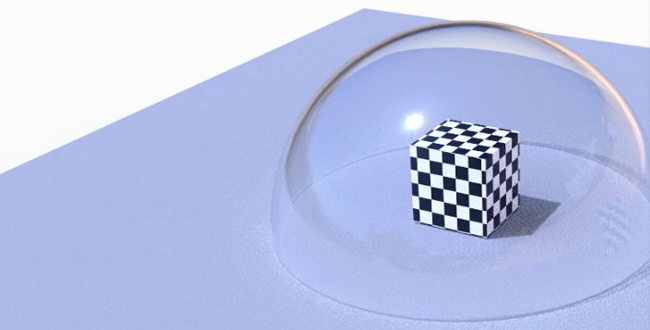

Any number of Light Probes Light probes store information about how light passes through space in your scene.See in Glossary system by default.Įach GPU instance supports global illumination from one of the following sources: Unity Standard Shaders and surface shaders support GPU instancing and Unity’s Baked Global Illumination A group of techniques that model both direct and indirect lighting to provide realistic lighting results. GPU instancing supports Unity’s Baked Global Illumination system. The Enable GPU Instancing option as it appears in the material Inspector. To use GPU instancing for a material, select the Enable GPU Instancing option in the Inspector A Unity window that displays information about the currently selected GameObject, asset or project settings, allowing you to inspect and edit the values. Each call to these methods issues a separate draw call.

These methods render the same mesh multiple times using the same shader. A Graphics.RenderMeshInstanced or Graphics.RenderMeshIndirect call.For more information, see SRP Batcher compatibility. Unity does not support GPU instancing for SkinnedMeshRenderers or MeshRenderer components attached to GameObjects that are SRP Batcher compatible. A MeshRenderer component or a Graphics.RenderMesh call.īehavior: Unity adds these meshes to a list and then checks to see which meshes it can instance.The mesh must come from one of the following sources, grouped by behavior:.To add GPU instancing support to any other shader, see Creating shaders that support GPU instancing.

Unity’s Standard Shader supports GPU instancing, as do all surface shaders A streamlined way of writing shaders for the Built-in Render Pipeline. More info See in Glossary must support GPU instancing.
#Keyshot materials in unity how to
For information on how to do this, see Intentionally removing compatibility.
#Keyshot materials in unity series
This section includes information about the platform, render pipeline A series of operations that take the contents of a Scene, and displays them on a screen. Draw calls that render multiple instances appear in the Frame Debugger as Draw Mesh (instanced). To add variation and reduce the appearance of repetition, each instance can have different properties, such as Color or Scale. GPU instancing renders identical meshes in the same draw call. More info See in Glossary, for example, trees or bushes. In each Scene, you place your environments, obstacles, and decorations, essentially designing and building your game in pieces. Think of each unique Scene file as a unique level. This is useful for drawing things that appear multiple times in a scene A Scene contains the environments and menus of your game. Each copy of the mesh is called an instance. More info See in Glossary with the same material in a single draw call. Nurbs, Nurms, Subdiv surfaces must be converted to polygons. Unity supports triangulated or Quadrangulated polygon meshes. Meshes make up a large part of your 3D worlds. GPU instancing is a draw call optimization method that renders multiple copies of a mesh The main graphics primitive of Unity.


 0 kommentar(er)
0 kommentar(er)
